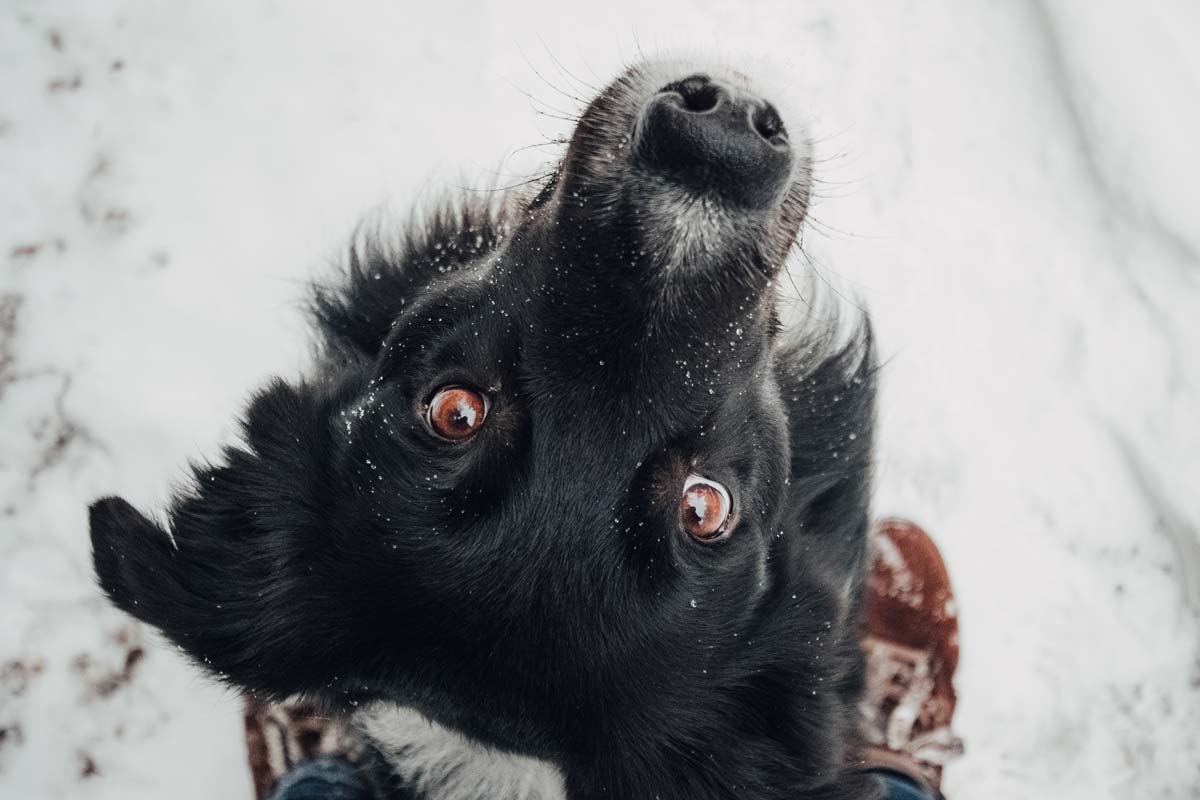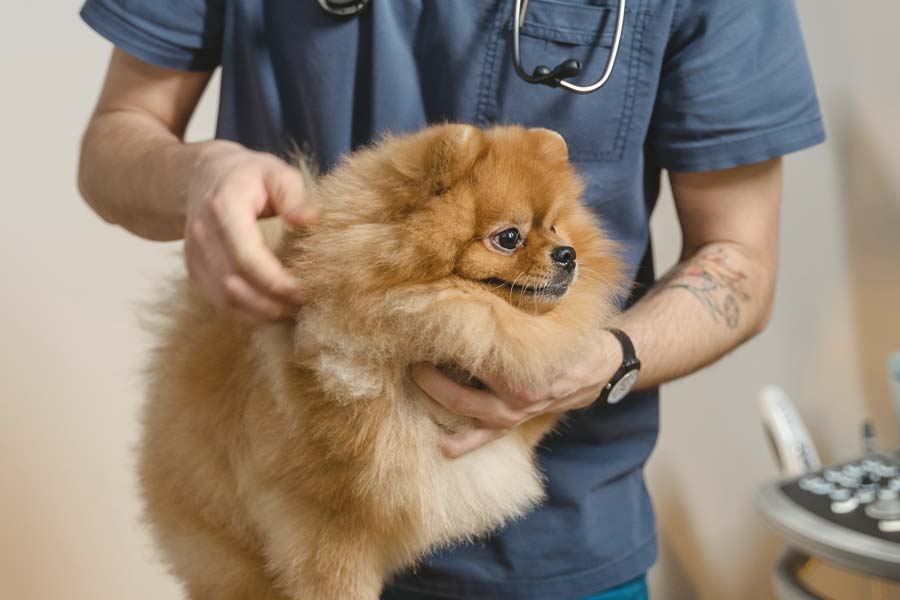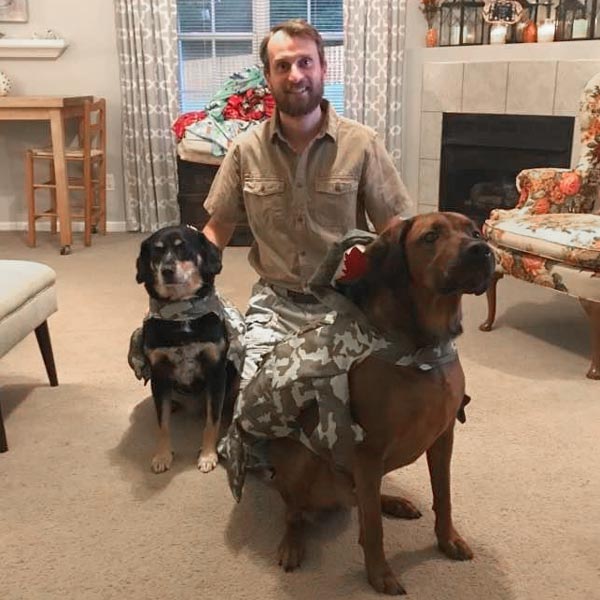After several blog posts discussing behavioral philosophies, what to train, and myths and misconceptions, I think it’s time to talk about training some actual behaviors.
In this post, I will pick out a few simple behaviors and go through how we can train our dogs through capturing and/or shaping their already existing behaviors. Even if you do not need help training these simple behaviors, being guided through some strategies to do so will help you train other behaviors with your pets!
Capturing a Behavior
Capturing is the easiest training method when the situation presents itself. All this means is that when an animal is already presenting a behavior that you want, you reinforce it. It is as simple as that!
Let’s say your dog comes over and offers you a paw on their own. You take it in your hand and praise him/her “good boy/girl!” or give him/her a tasty treat. Boom, the shake or ‘give me your paw’ behavior has been reinforced.
After a few repetitions of this, your dog will start soliciting this behavior. They are thinking, “Oh, I liked that response. Let’s do that again.” Once you get to this point, you can start attaching a cue to this behavior.

Cues + the Paw Present Behavior
A cue is a stimulus that we teach the animal to mean, “Hey, if you do this, you will get that.” It is important to make sure that we remain clear and consistent with our cue and what we are reinforcing.
Remember, this is how we communicate with our furry pals! If you use “paw” as the cue word you are trying to establish, do not switch to another word like “foot.”
Now that your dog is soliciting the paw behavior, you can start asking “paw” right before they solicit. At this point, I would only reinforce the paw behavior when you ask for it. After a few successful repetitions, you should see the “Aha” moment where your dog goes, “Oh okay, I get it now!”
If you find that after you stop reinforcing the solicited behavior from your dog, and they are not giving you the paw when you give the cue or ask for it, then it may have not clicked yet. That’s okay. Just go back to reinforcing the solicited behavior and try this process again.
Pro Tip
Regression is a normal part of training - animals forget things, too. Remember, we are communicating with another species! Go back through the steps that you took previously, and you will get your pet back to where they were. Patience is truly a virtue in animal training.
Success!
Once they begin to respond properly and consistently to the cue, pat yourself (and maybe him/her) on the back. Congratulations! You have now captured a behavior and established a cue for that behavior.
Other common behaviors that are easy to capture are sitting, laying down, and downward dog stretch (this can be a fun party trick behavior that I like to call, “take a bow.”)
If you have a young puppy, I would take advantage of them running up to you all the time. Here is an easy opportunity to capture a recall/come behavior that can sometimes be difficult to train when they are older and more independent.

Shaping a Behavior
Sometimes the behavior we want is not already being presented by our dogs. What do we do then? We shape the behavior we desire! Shaping, by definition, is the differential reinforcement of successive approximations. Let’s break down what this means.
Our dog may not be doing the entire behavior that we are looking for. However, they may be already presenting the beginning stages of the full behavior - or what we call an approximation.
For example, say you want to train your dog to spin in a circle. They probably are not already doing this, but what beginning behavior or approximation are they already doing that you can go ahead and reinforce?
They turn their head to look to the left when they hear or see something, bam! That’s an approximation right there. From there, you want to use an established bridge.
The Bridge: Positive Reinforcement
A bridge is a word or action that tells the animal that they are doing the right thing and, if possible, to continue doing it. The most common example is saying “Good!” or “good boy/girl!” in an encouraging tone when your pet is doing what you ask.
So, if you already have your bridge established, you can bridge “Good!” as they perform the approximation, and then reinforce them with their favorite treat.
“But Adam, won’t I just be reinforcing them for turning their head? How do I get them to eventually turn a full circle?” That’s where the definition of shaping comes into play: the differential reinforcement of successive approximations.

Reinforce the Bridge, Step by Step
As you start reinforcing that head turn, your pet will naturally have some variation in how far they turn their head. When you see further head turn, continue to reinforce that behavior more.
As you begin fading out reinforcing the small head turns, they should start to get the idea and turn their heads even further until - what is that? Did they take a step in that direction with a head turn? “GOOD!!!” Reinforce that!
Now that they are taking that step, I would reinforce those approximations more and less of the head turns only. Keep in mind that earlier Pro Tip and take a step back if you see regression. It’s okay! They are just starting to learn, and I promise you will get back to where you were.
For most of the dogs that I have trained, once they start taking a couple steps in a turn, they have their “Aha” moment and complete the turn. However, be prepared to keep reinforcing those approximations until they get it!
Every animal is different. Some learn things slower than others, especially if they are inexperienced at learning, such as a young dog or shelter dog that has not been worked with much.

And Don’t Forget the Cue
Now, when do we establish the cue? Always, always, always after the behavior is established. Otherwise, that “Spin” or “Turn” or “Blue” you’re saying becomes background noise, and you have a hard time getting them to make the connection between the cue and the behavior.
Yes, I did say “Blue” as a suggested cue. Dogs do not understand the English language; they understand what we teach them to associate with it.
So go ahead, use random words for cues - or better yet, for laughs, train “sit” as “lay” and “lay” as “sit.” You will definitely garner some smiles and an opportunity to teach your friends and family about training!




